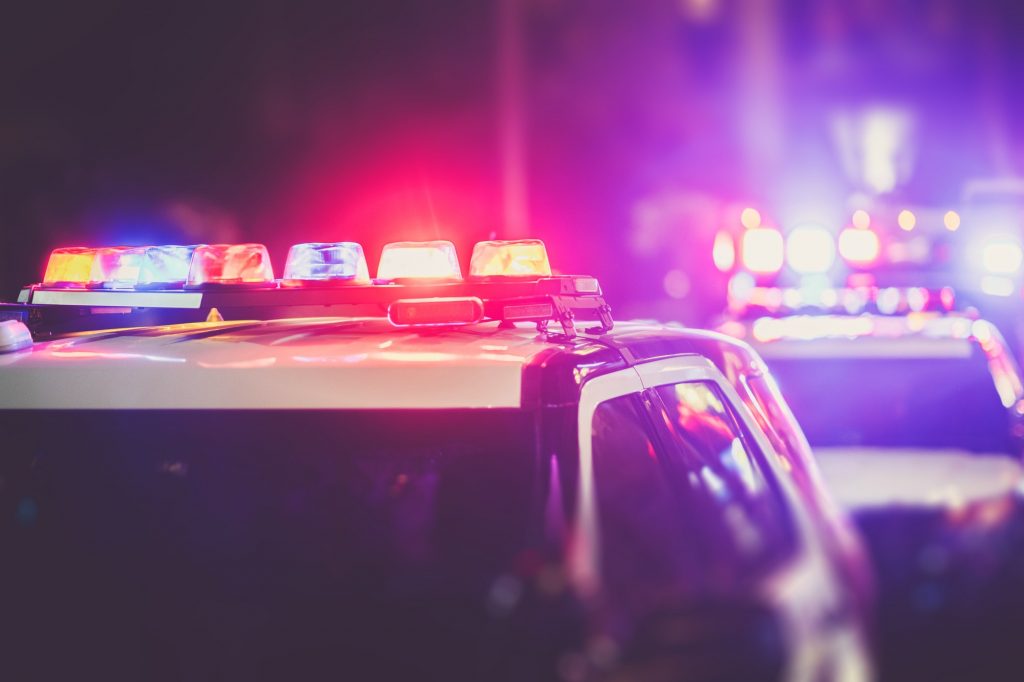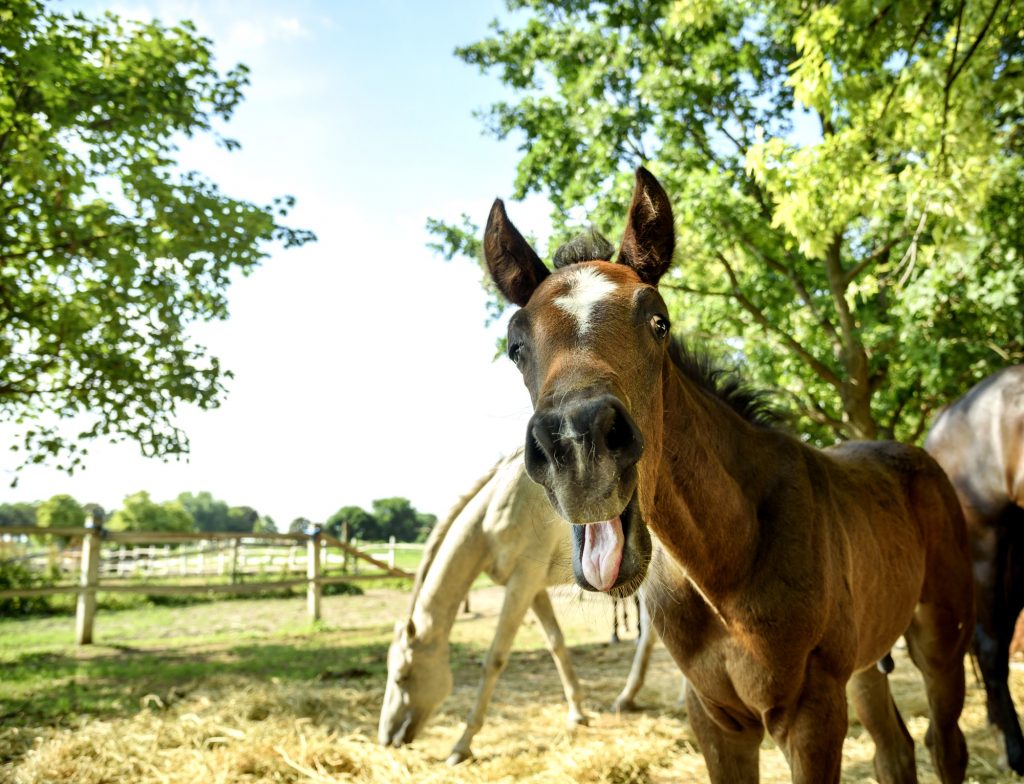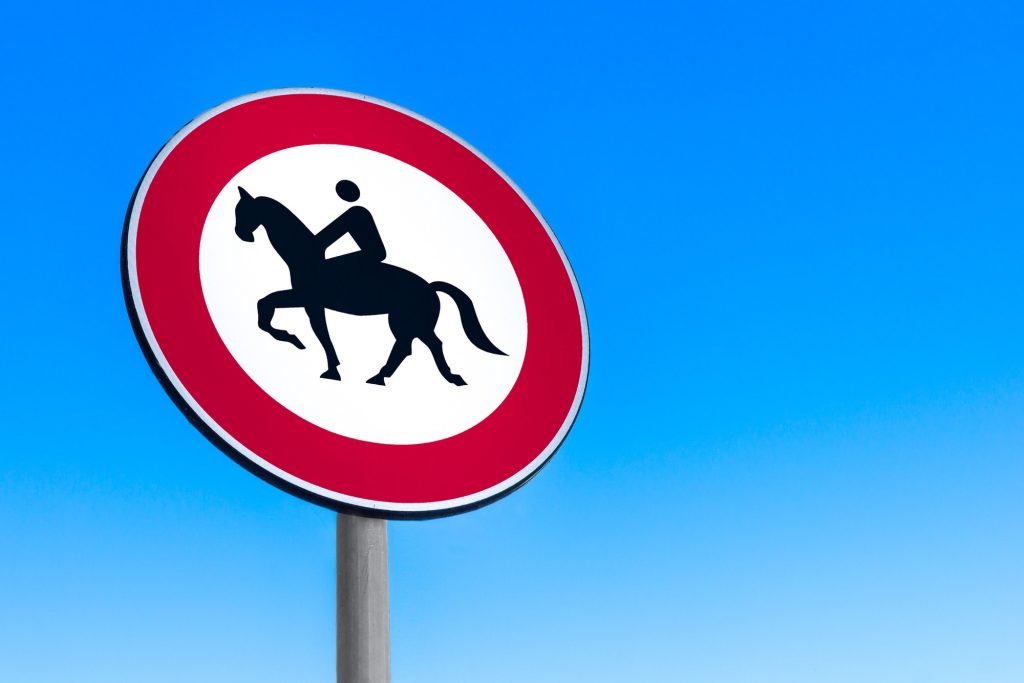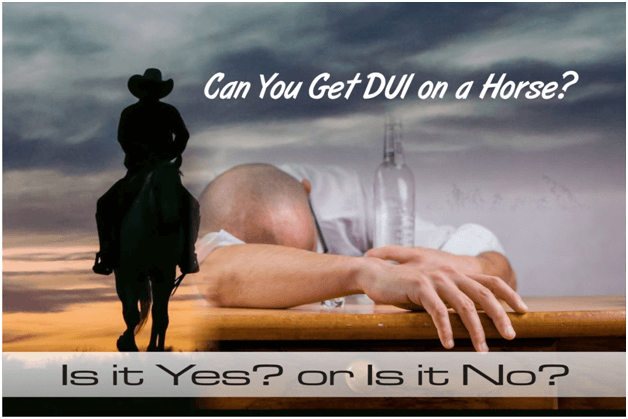A law you didn’t know about
The quick answer? Yes, you can get a DUI on a horse. This may seem like a bizarre law or maybe it’s something you had never considered. However, if you are a horse owner this law is something you need to know and should be aware of to protect yourself, your horses and others.

So, what exactly is a DUI and what do we need to know?
When we think of a DUI (Driving Under Influence) we tend to think of driving a vehicle under the influence of alcohol or drugs to the extent that your mental and physical state is impaired. BUT the law does not only restrict the use of cars and other vehicles. For example, under the Licencing Act of 1872 in the UK, any person who is drunk while in charge of any carriage, horse, cattle or steam engine on any highway or other public space shall be liable to a penalty.
I have seen many Horse owners often ask: If I am drunk and can’t drive, can I legally ride my horse home instead? No matter how much of an experienced of a rider and horse owner you claim to be, drug and alcohol use in excess may lead to impaired judgment and abnormal behaviour which are often the cause of accidents that endanger your own life, the lives of others and the life of your horse.
For example: Follow this story by the Washington Post for details of how a woman in Florida was arrested for riding a horse under the influence of alcohol in 2017.
So how much alcohol can you consume before you can be found guilty of a DUI?
- For adults 21 years and older the blood alcohol limit is 0.08%
- For adults under the age of 21 the blood alcohol limit is 0.00 to 0.02%.
How do authorities test and measure whether you are under the influence of drugs or alcohol?
Once you have been reported and/or a Police officer suspects that you are impaired while driving any vehicle or riding horse or cattle, you will be subjected to a series of tests that identify your level of intoxication.
Tests for alcohol consumption
BAC (Blood Alcohol Concentration) is normally tested using a breathalyser that will give an instant result of the level of alcohol in your system.
Quick fact: it was Robert Frank Brokenstein developed this device back in 1954. Driving and riding under the influence of alcohol and drugs has been a social issue for centuries, it’s our job to be aware of these regulations and ensure the safety of our horses.
Police officers will also look for signs and symptoms that reflect different levels of intoxication, for example:
- A BAC of 0.03% – 0.12 % would show a red appearance particularly in the face, impaired judgment, and fine muscle coordination.
- A BAC of 0.09% – 0.25% would demonstrate lethargic reactions, sedation, problems with balance, and blurred vision.
- A BAC of 0.18% – 0.30% would cause profound confusion, impaired speech, staggering, dizziness, and vomiting.
- A BAC of 0.25% – 0.40% would display unconsciousness, anterograde amnesia, vomiting, and respiratory depression which is potentially life-threatening.
- A BAC of 0.35% – 0.80% causes coma or unconsciousness, life-threatening respiratory depression, and possibly fatal alcohol poisoning.
It is also important to note that BAC may be measured through three different methods: blood, breath, or urine. However, for law enforcement purposes, breath is the preferred method, since results are available almost instantaneously.
Tests for drug use
The Drug Evaluation and Classification Program (DEC) is designed to determine a drug-impaired driver and identify the categories of drugs present in his or her system.
The method of this programme breaks down detection of drugs into a twelve-step process that a government-certified Drug Recognition Expert (DRE) can use to determine the category or categories of drugs that a suspect is impaired by.
The twelve steps are:
- Breath Alcohol Test
- Interview with arresting officer (this is where they tend to look for symptoms of intoxication such as slurred speech, loss of motor function etc.)
- Preliminary evaluation
- Evaluation of the eyes
- Psychomotor tests
- Vital signs
- Darkroom examinations
- Muscle tone
- Injection sites (for injection of heroin or other drugs)
- Interrogation of suspect
- The opinion of the evaluator
- Toxicological examination
If you are suspected of driving or riding under the influence officers will also conduct field sobriety tests to test motor function and any further signs of intoxication. US law enforcement relies on these tests more than UK law enforcement, however, if you are suspected of being under the influence of drugs field sobriety tests allows officers to determine what drugs you have used.
So, let’s paint the scene, you have been pulled over for suspected drug use and officers inform you that they are going to carry out a sobriety test. You will now have to undergo 5 tests:
- Test 1 – your pupils will be examined for signs of constriction or dilation
- Test 2 – this test measures co-ordination and by asking you to do 2 tasks simultaneously. For example the Romburg Test asks suspects to stand up straight, tilt their head back and count to 30. Any signs of swaying or losing count are signs of intoxication and an inability to drive.
- Test 3 – a test I’m sure we have all seen in nostalgic Hollywood films, you will be asked to take nine steps, heel to toe in a straight line
- Test 4 – for this test you will be asked to stand on one leg and alternate between your left and right leg. Officers will look for any signs of sever imbalance and inability to follow simple instructions.
- Test 5 – for this final test you will be asked to touch the end of your nose with you index finger three times, alternating between your left and right fingers

What now? Have you passed or failed?
You must pass all 5 tests in order to carry on with you journey, however, if you fail even once test it will lead to arrest.
Before we carry on, we would assume that our readers are all horse lovers and wouldn’t use their horse or any animal for transport or any other purpose while under the influence of alcohol or drugs. Nevertheless, it’s important that we are all aware of these regulations and obey them. For more information on how alcohol and drug use effects the horse industry visit Milestone Equestrian Training and Sales Blog, and let’s protect the animals we love.
So back to our original question – Can You Get a Dui on a Horse?
The answer is YES. In the UK and US it is absolutely possible to get a DUI on a horse. These laws and regulations have been in place for centuries, from a time where horses were a main mode of transport to our current reality where roads are saturated with the use of cars and other motor vehicles. That’s where the confusion tends to come from, if we look at the official legislation horses often fall under the category of ‘vehicle’ because that’s what horses were primarily used for when the law was passed. So, people tend to assume that riding a horse in any physical or mental state is acceptable.
Let’s paint a scene again…
Say you are riding horse drunk (I hope you’re not), in the case that you do not get reported a pulled over for a DUI, you could still be charged with crimes such as improper handling of animals or animal cruelty. If you are found guilty of either crime you could be liable to the following punishments:
For First-Timers:
- Fines up to $1,000;
- Jail time up to one year;
- A total of 12 points added to your license; and
- Driver’s license suspension up to six months.
Sanctions will vary depending on the severity of your offence and there are also increased sanctions for repeaters of these crimes. For example, there would be more points added on your license, a larger fine for you to pay, and even more jail time.

Let’s remember to respect the law and our animals, and stay safe. If you have any other questions on this topic don’t hesitate to contact us we’d love to discuss more with you.





